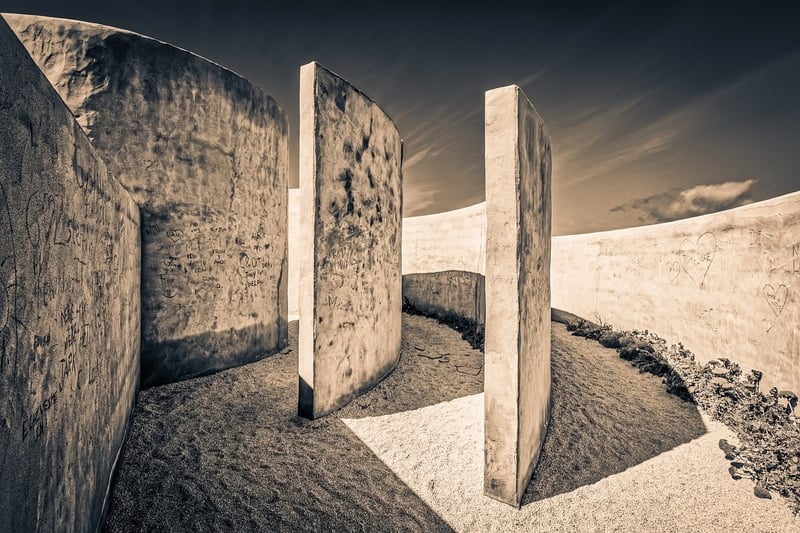Labyrinth Walking
The Art of Conscious Walking and Labyrinth Walking
Welcome to the world of conscious walking and labyrinth walking, two powerful practices that can lead to profound insights, relaxation, and spiritual growth.
Conscious Walking
Conscious walking, also known as walking meditation, is a mindfulness practice that involves focusing your attention on the act of walking. It encourages you to be fully present in the moment, paying attention to each step you take and the sensations in your body.
Benefits of conscious walking include stress reduction, improved concentration, and a deeper connection with nature. It can be done anywhere – in a park, along a beach, or even just around your neighborhood.

Labyrinth Walking
Labyrinth walking is an ancient practice that involves walking a winding path laid out on the ground in a meditative state. The labyrinth is not a maze – there are no dead ends or wrong turns. Instead, it is a single path that leads to the center and back out again.
Walking the labyrinth can symbolize a journey to your center or a path to enlightenment. It can help quiet the mind, reduce anxiety, and provide clarity and insight. Labyrinths can be found in churches, parks, and retreat centers around the world.

How to Incorporate These Practices
- Find a quiet and peaceful place to practice conscious walking or locate a labyrinth near you.
- Set an intention for your walk – whether it's to find peace, gain clarity, or simply be present.
- Start walking slowly and deliberately, focusing on each step and your breath.
- If you're walking a labyrinth, trust the path and let go of any expectations.
- Reflect on your experience after completing your walk, noting any insights or feelings that arose.
Both conscious walking and labyrinth walking can be powerful tools for self-discovery, relaxation, and spiritual connection. Take the time to explore these practices and see how they can positively impact your life.
Remember, the journey of a thousand miles begins with a single step.
